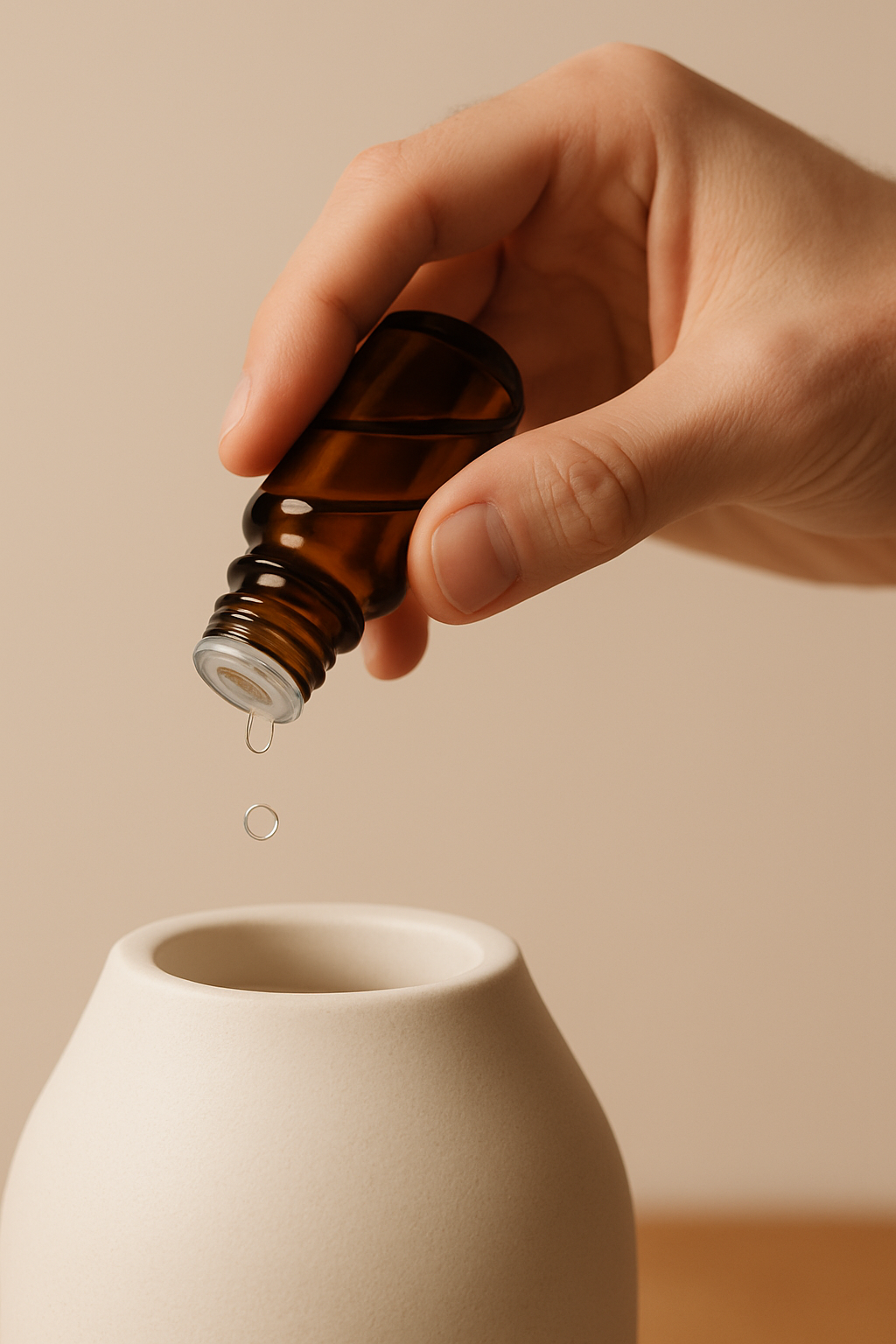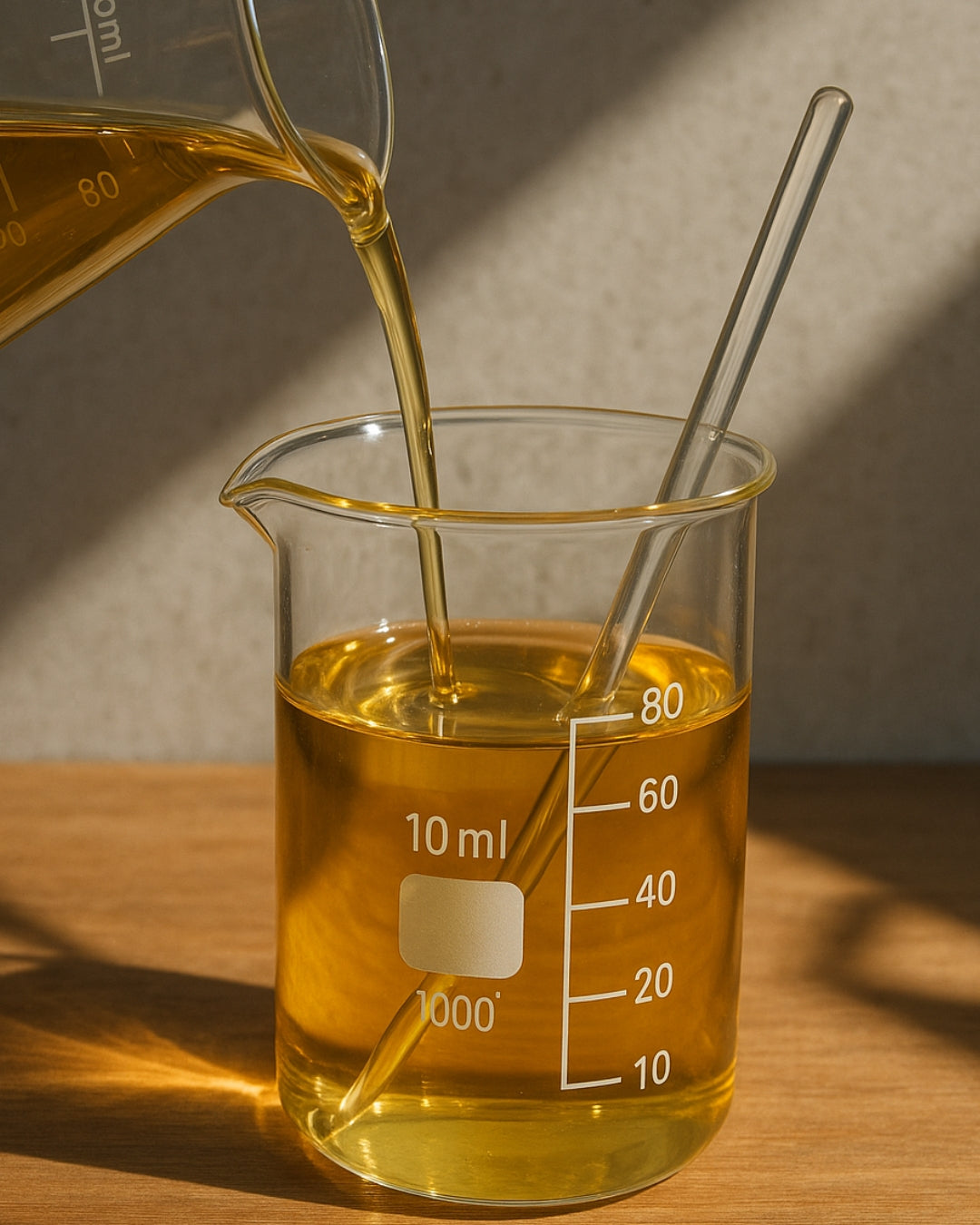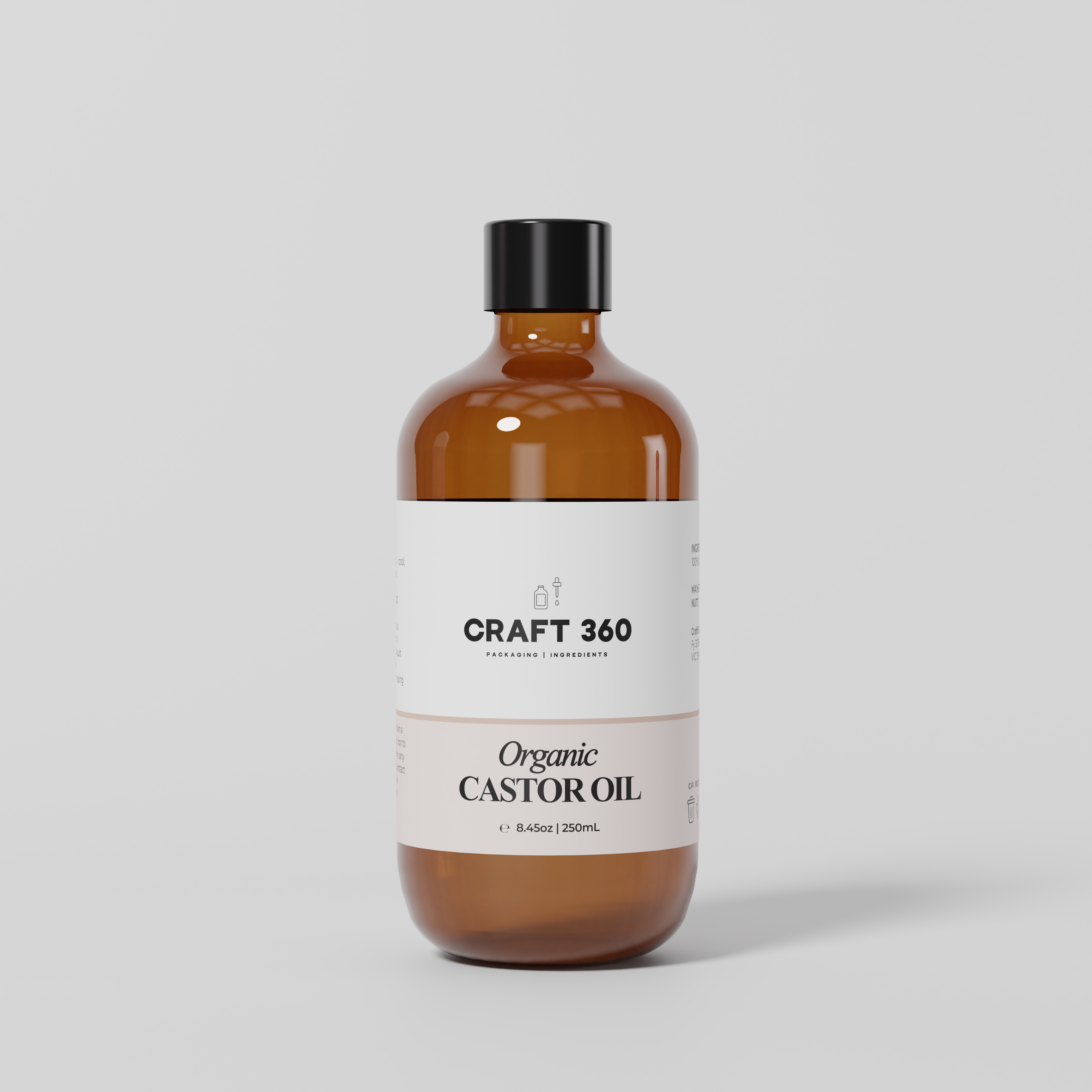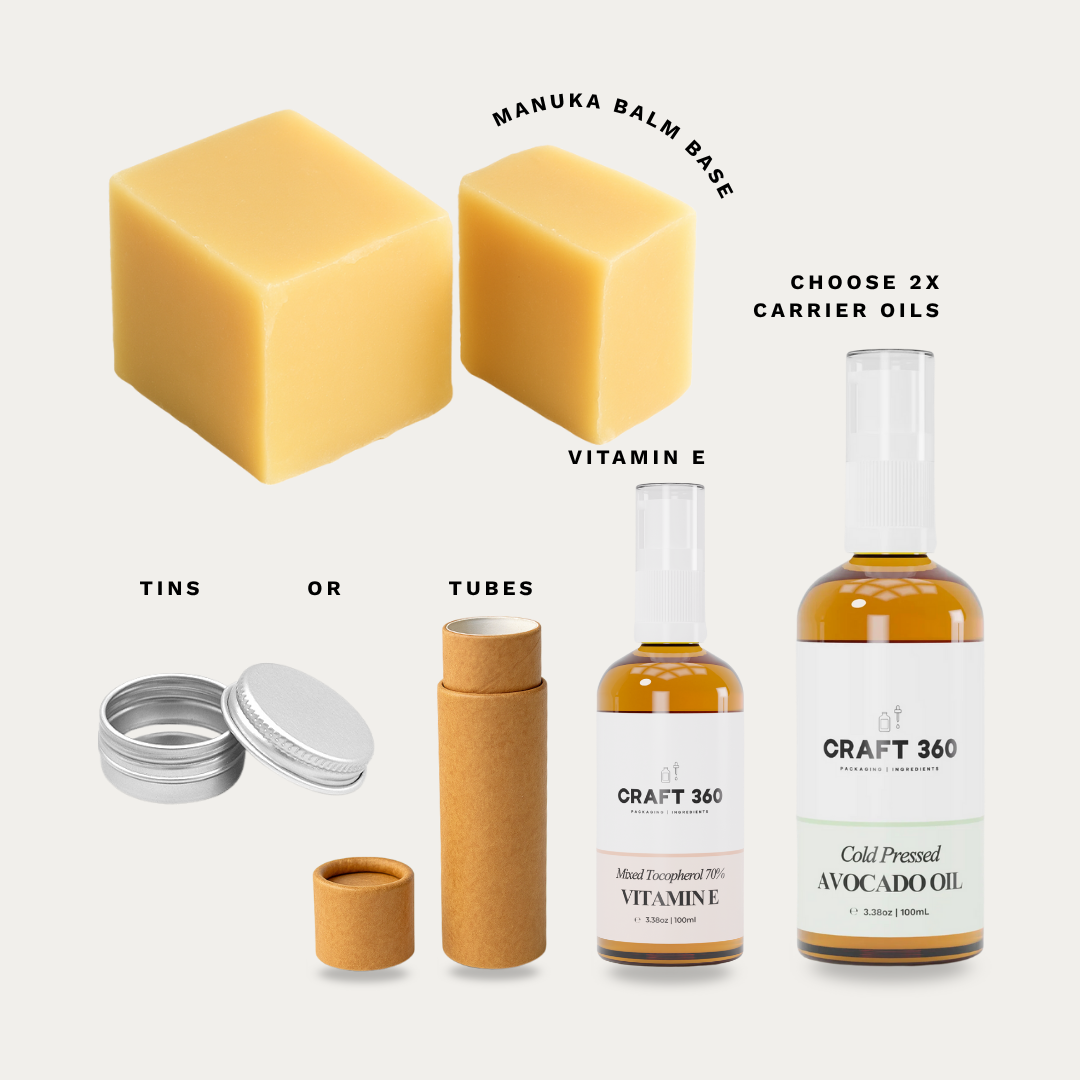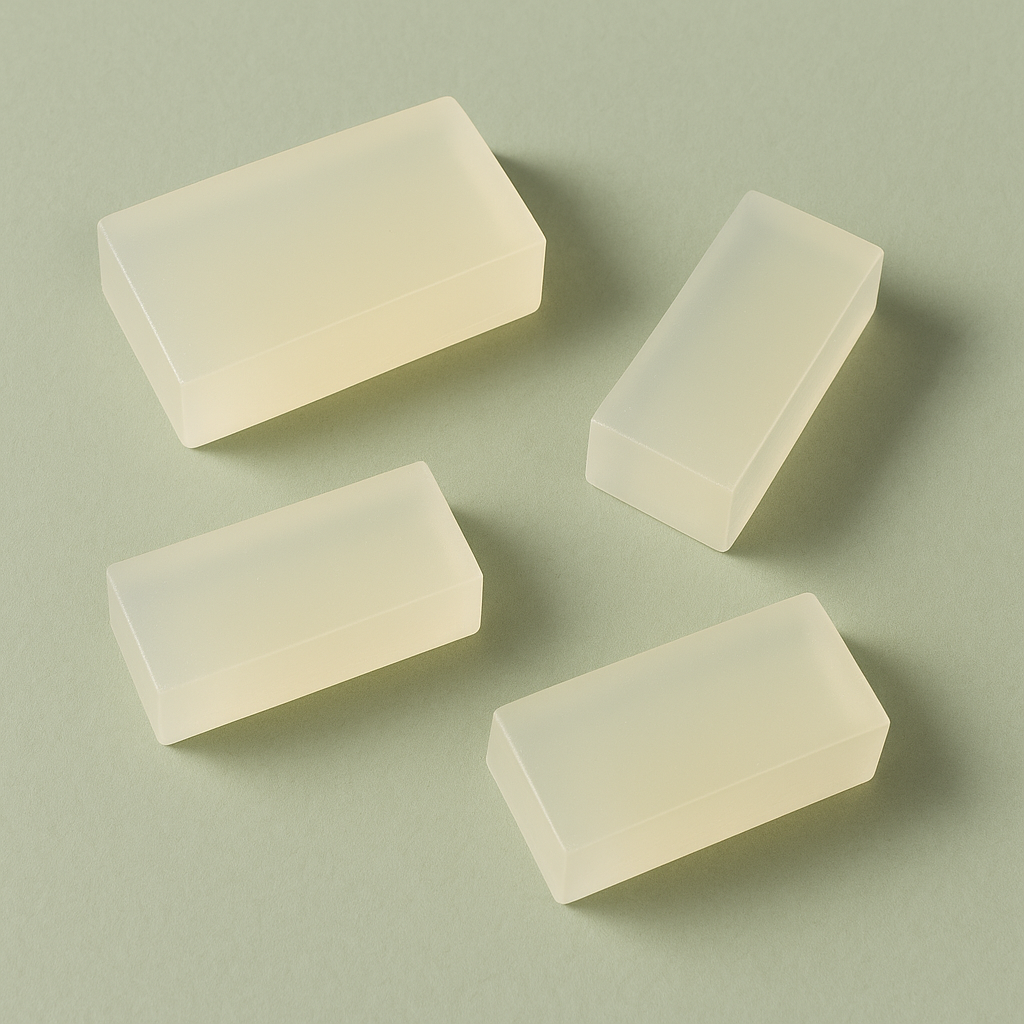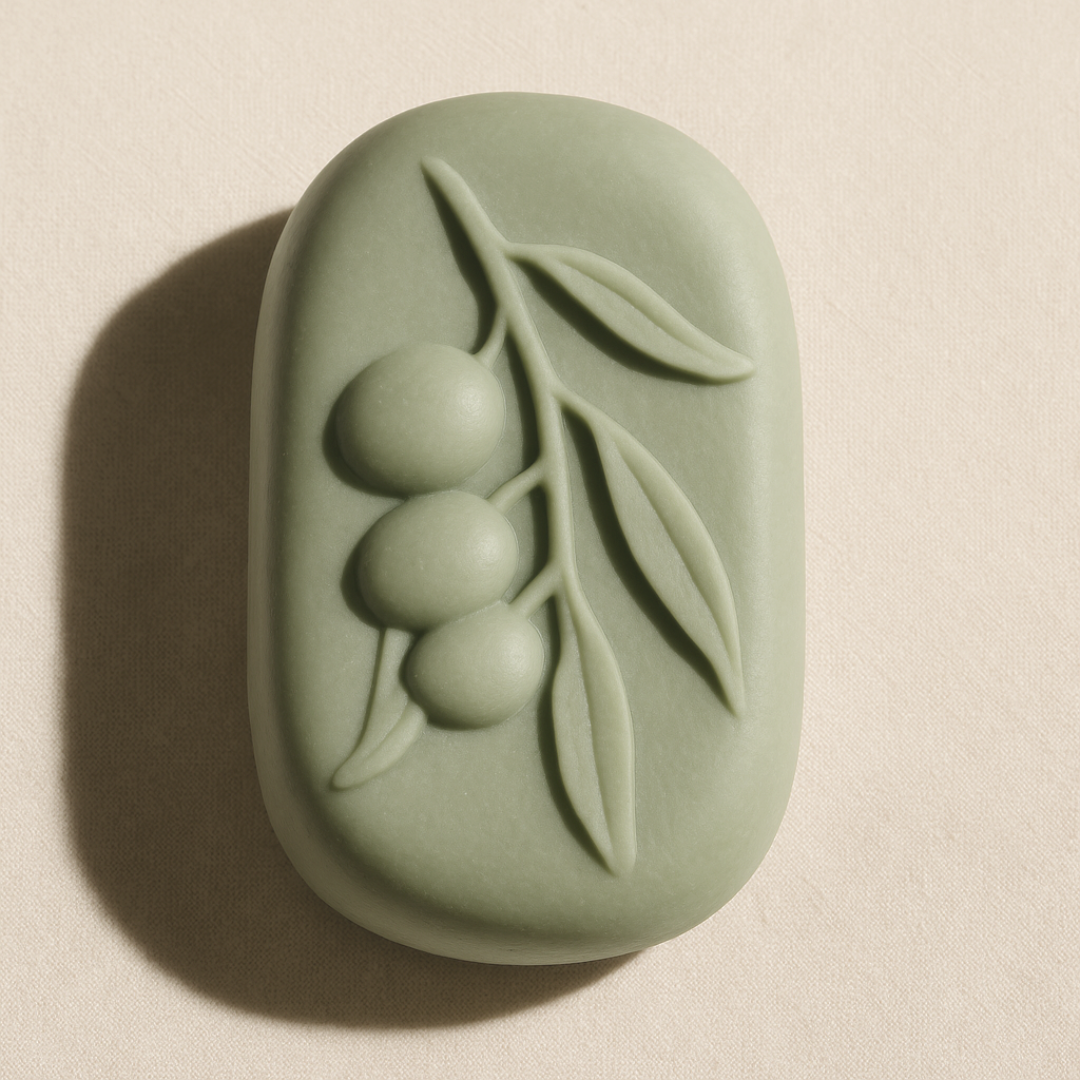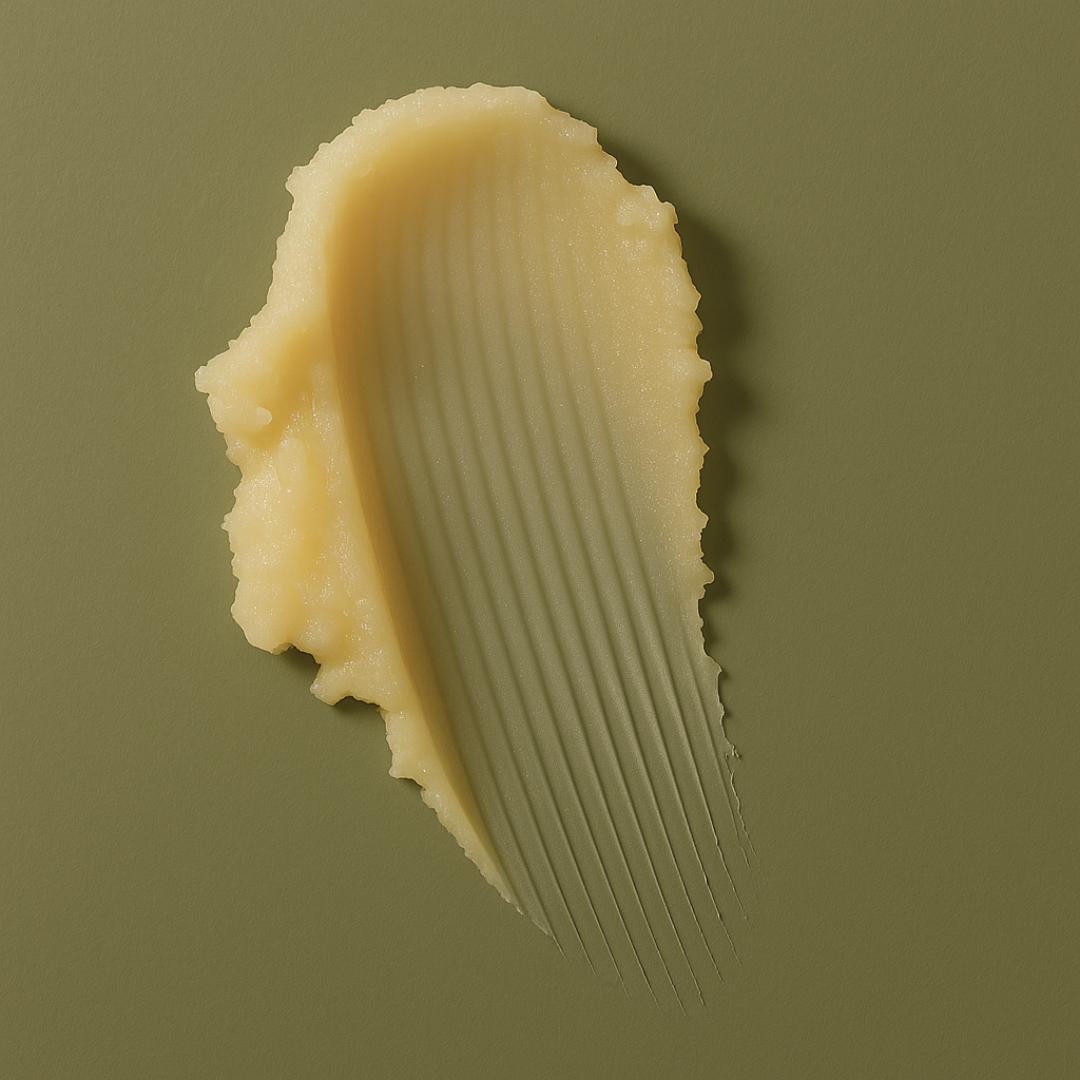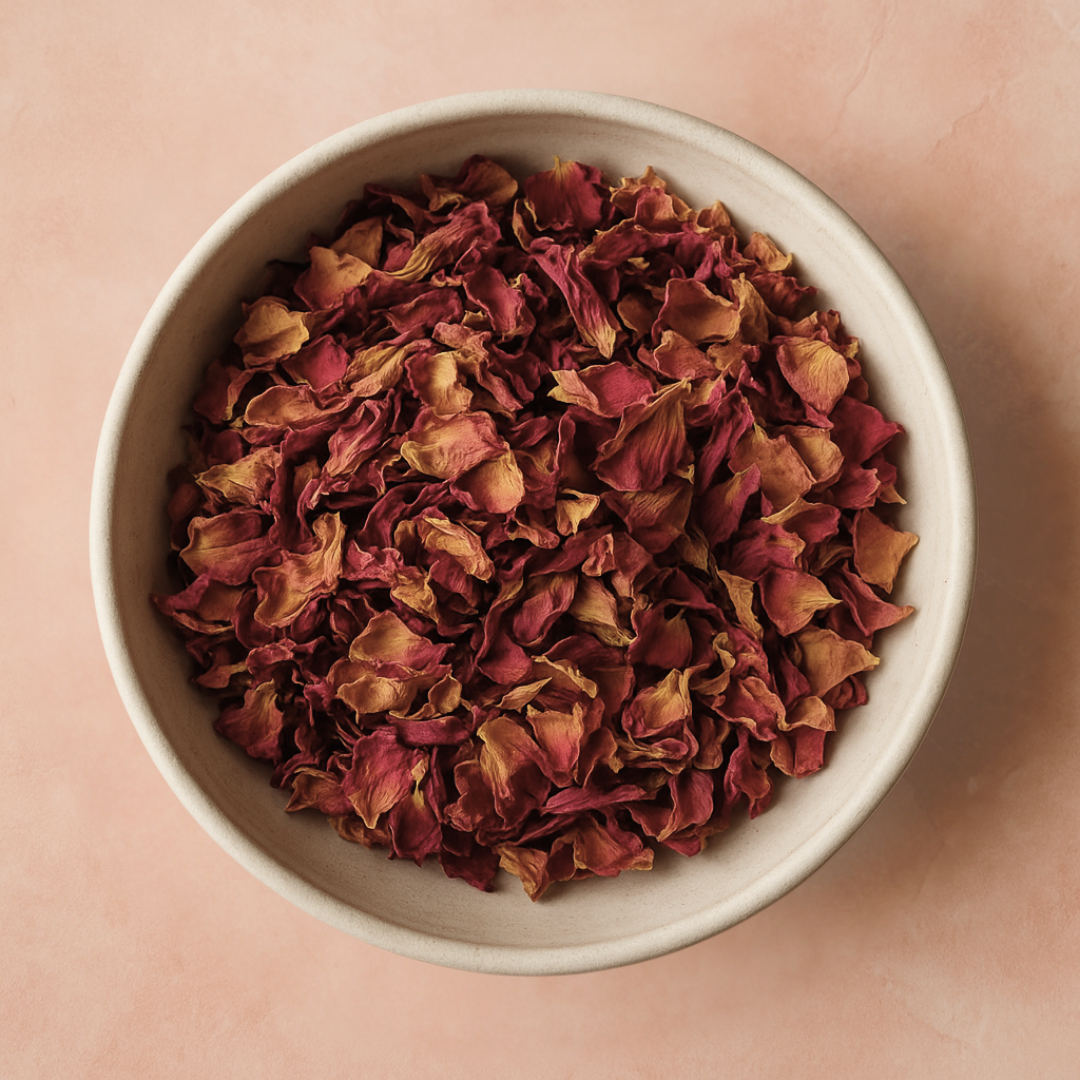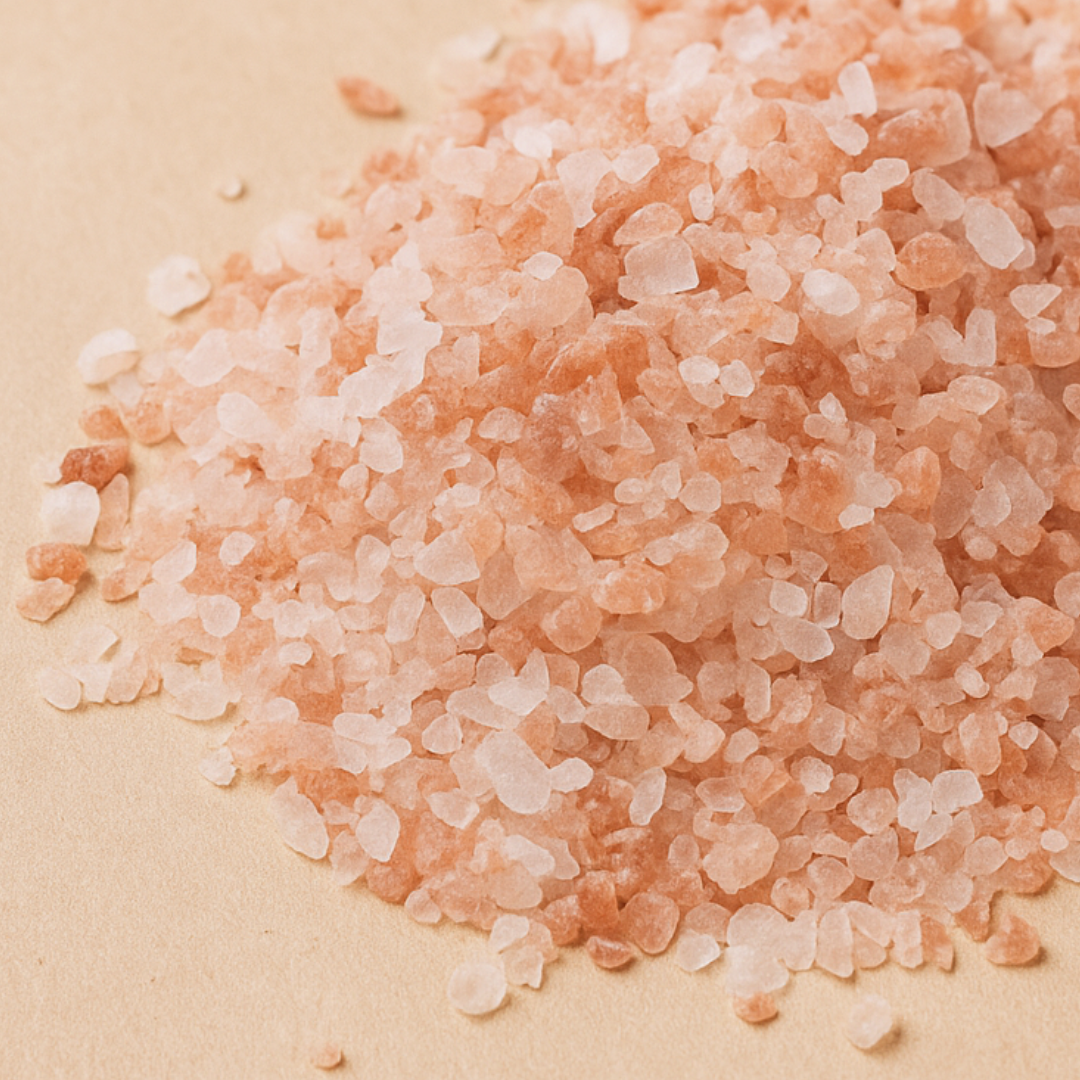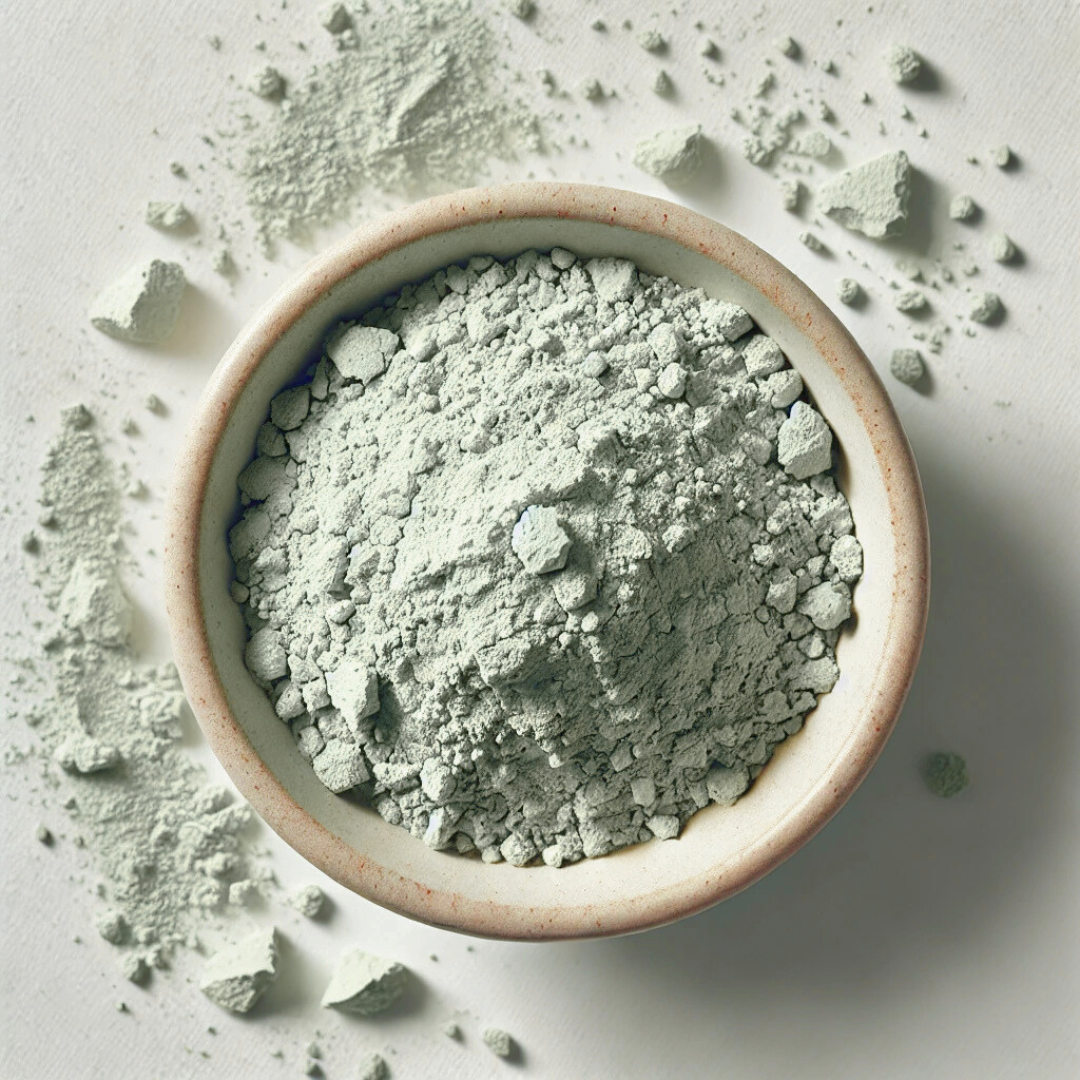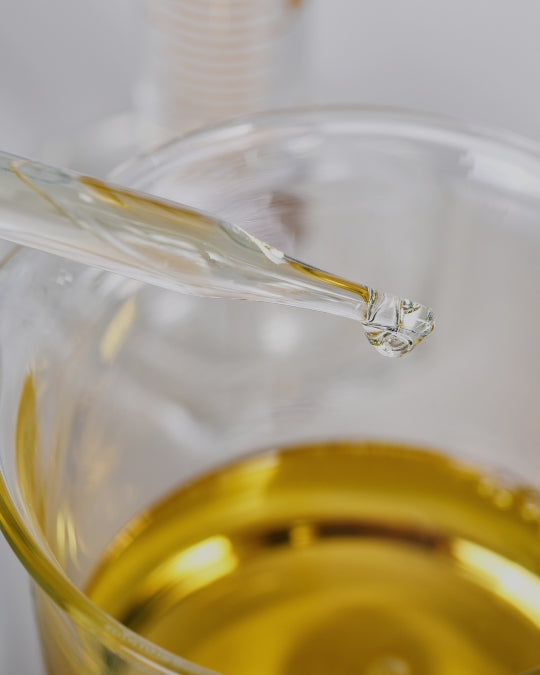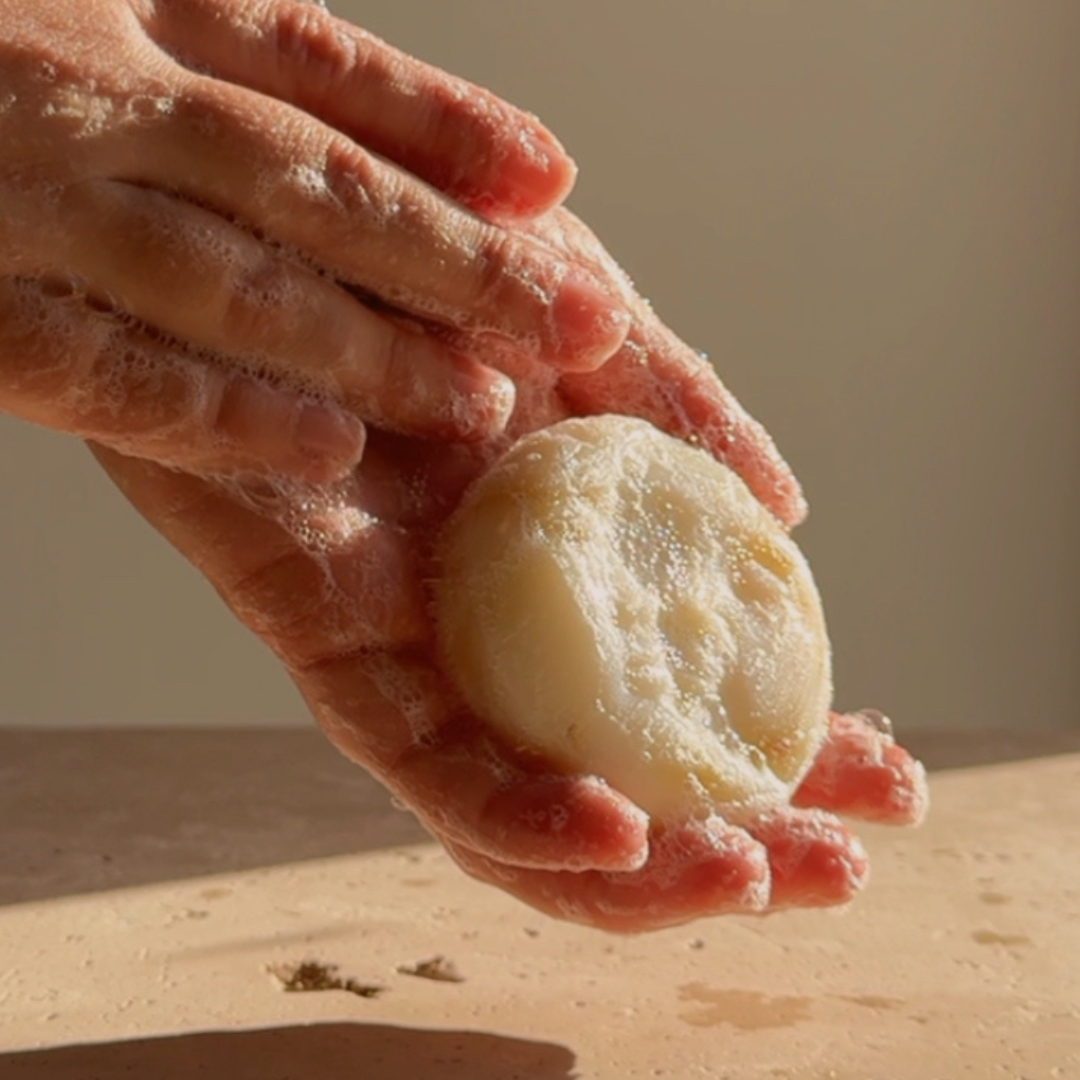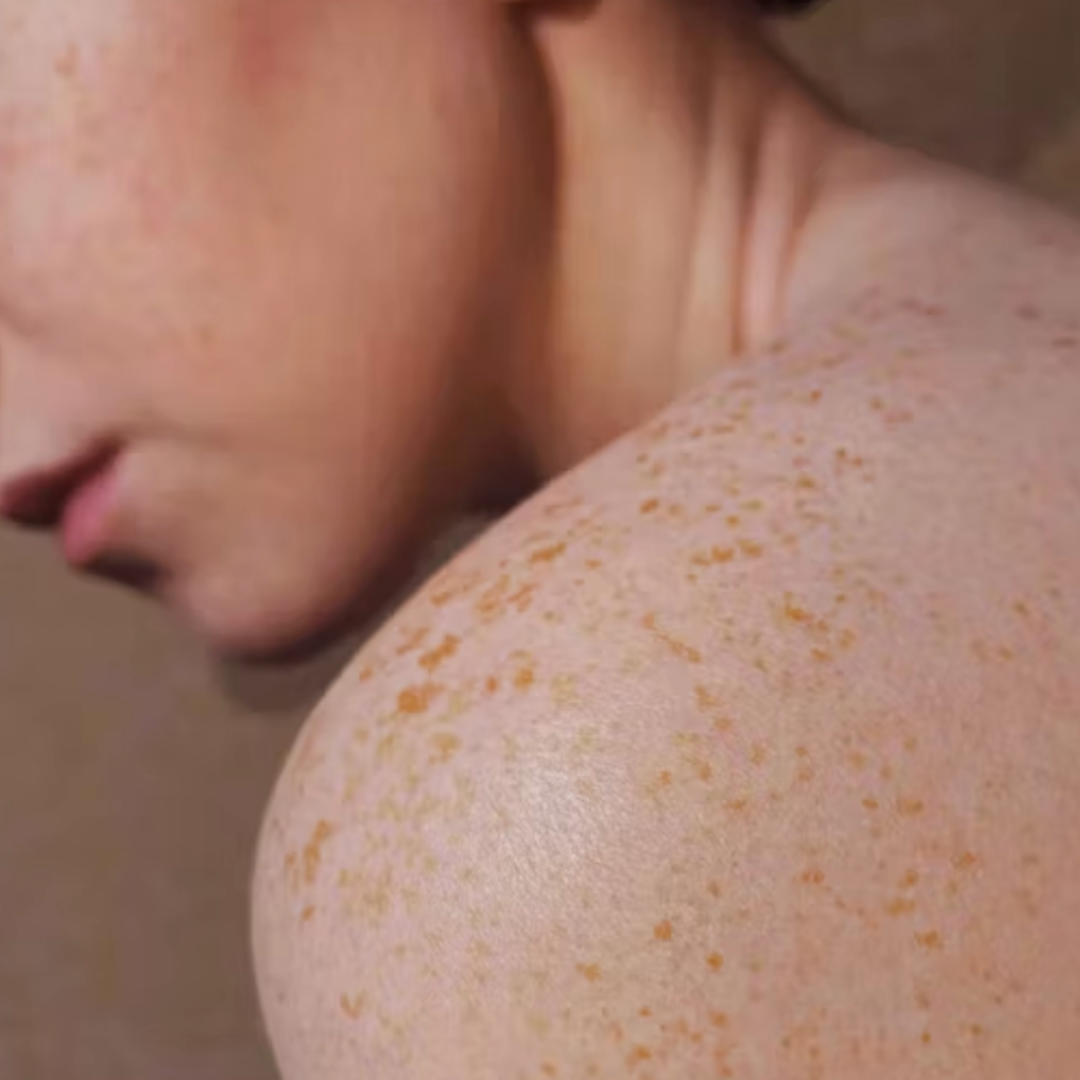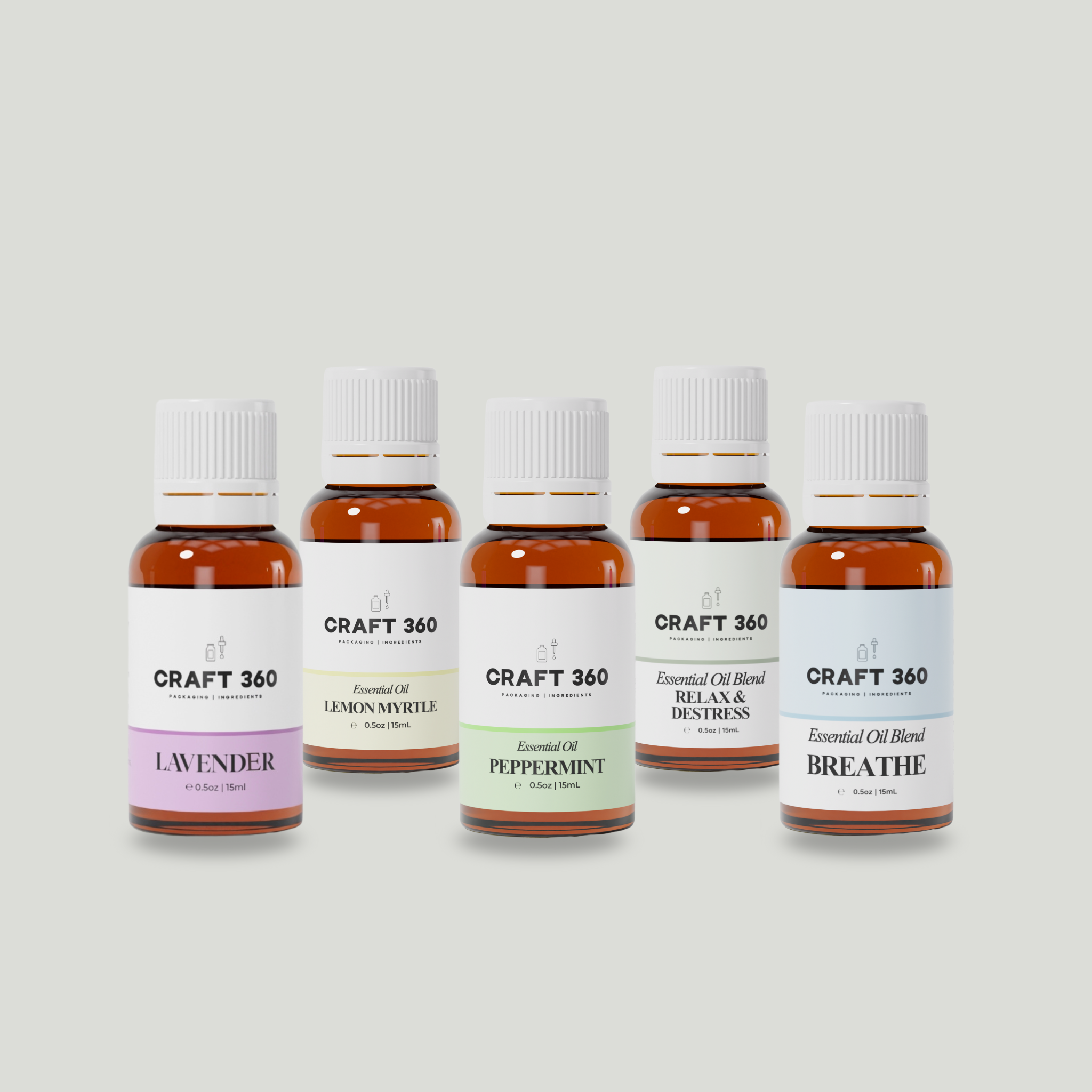14 minute read
Before niacinamide, before peptides, before hyaluronic acid stole the spotlight… there was glycerin.
Clear. Viscous. Quiet and unassuming. It doesn’t demand attention, but you’ll find it in almost every skincare formula that actually works.
Glycerin isn’t just a humectant. It’s a workhorse, a connector, a protector, a sweet solvent, and one of the most skin-compatible ingredients you’ll ever formulate with. From handmade soaps to sophisticated serums, glycerin belongs.
In this deep dive, we’ll explore everything you need to know about this ingredient: how it’s made, how it works, why you need it, how much to use, and how to use it wisely. All through the eyes of a formulator.
Inside This Guide
- What is Glycerin?
- Glycerin in Soapmaking
- Glycerin in Skincare Formulation
- Why Is Glycerin So Important?
- How Much Glycerin Should You Use?
- When to Add Glycerin in a Formula
- Storing, Preserving & Shelf Life
- What to Look For When Buying Glycerin
- Make Your Own Hibiscus Glycerite
- Final Thoughts
What is Glycerin?
Glycerin (also known as glycerine or glycerol) is a trihydroxy alcohol, meaning it has three -OH groups that make it highly hydrophilic. It binds water, not just lightly, but with three open arms, making it one of the most powerful humectants in cosmetic science.
INCI: Glycerin
Formula: C₃H₈O₃
Appearance: Clear, viscous liquid
Solubility: Fully water-soluble
Each molecule of glycerin grabs water and holds onto it, helping your formulation attract and retain hydration wherever it’s applied.
Glycerin in Soapmaking
If you’ve made cold-process soap before, you’ve already worked with glycerin, whether you realized it or not. It’s formed naturally during saponification and remains in the bar, giving handmade soaps that distinctive soft, gentle feel.
In commercial soaps, glycerin is often stripped away to sell separately, which is why many commercial bars can feel drying.
You can also add extra glycerin in:
-
Hot process soaps: Add 1–3% post-cook for moisturization.
-
Melt & pour bases: Often contain up to 5–10% for clarity and softness.
-
Transparent soaps: Use additional glycerin to increase shine and transparency, but too much can make your bars soft, sticky, or prone to sweating.
Glycerin in Skincare Formulation
This is where glycerin transforms from humble to heroic. It’s not just an ingredient. It’s a multi-functional tool for hydration, extraction, delivery, texture, and more.
Why Is Glycerin So Important?
Hydration Without Barriers
Glycerin is one of the most effective humectants in cosmetic science. Imagine it like a magnet — not for metal, but for water. It has three hydroxyl (-OH) groups that actively attract and bind moisture to themselves, helping to draw water into the upper layers of the skin.

But where does that water come from?
Ideally, from the surrounding environment like humidity in the air. When the air has sufficient moisture, glycerin acts as a bridge, pulling that external water and binding it to your skin. This is when you feel that instant softness, bounce, and dewiness that people love.
But here’s the catch.
Glycerin is not selective about where it gets its moisture from. If the air is dry — which is common indoors, during winter, or in many non-humid or overly humid climates — it will start pulling water from the lower layers of your skin instead.
This means water is essentially migrating upward through your skin layers, leaving the deeper parts drier and more depleted, even though the surface may feel temporarily plump.
It’s a bit like borrowing money from your savings account just to make your wallet look full. You’ll feel rich for a moment, but you’re losing hydration where it matters.
And it doesn’t just stop at low humidity.
Even in moderate climates, excessive glycerin use (above 8–10%) without an occlusive can create a long-term imbalance. The stratum corneum might be saturated with water, but your dermis and deeper layers are left struggling. Over time, skin can feel tight, sensitive, or “oddly dry” just hours after applying product.
Formulator's Tip:
To prevent this, glycerin must be balanced with emollients and occlusives (like oils, butters, or waxes) that lock in the moisture it attracts. Think of it like sealing a water-rich sponge inside a container. Without that seal, the water simply evaporates or draws inward and upward without being held in place.
Using Glycerin as a Solvent for Herbal Extraction
When you purchase herbal extracts from a supplier, you’ll often notice that glycerin is used as one of the solvents — and for good reason.
Glycerin is one of the most effective alcohol-free solvents for cosmetic herbal extractions. It’s gentle on the skin, safe for daily use, and ideal for pulling out water-soluble plant compounds that offer skincare benefits.
These include:
-
Tannins – natural astringents that help tone and tighten the skin
-
Glycosides – compounds known for calming and skin-conditioning effects
-
Mucilage – soothing, gel-like substances that help hydrate and protect
-
Phenolics – potent antioxidants that help neutralise oxidative stress
-
Flavonoids – plant pigments with protective and soothing properties
In simple terms, these are plant-based bioactive compounds that support the skin by offering antioxidant, protective, calming, or moisturising actions — all without the need for alcohol-based solvents.
You can use glycerin to make your own glycerites — gentle, water-soluble herbal extracts perfect for facial mists, serums, gels, and lotions.
3. Solubilizer & Powder Carrier
Glycerin as a Dispersing and Solubilising Agent
Glycerin plays an important role in helping disperse powdered ingredients evenly into formulations. Actives like niacinamide, allantoin, aloe vera powder, vitamin C, and AHAs are often first mixed with glycerin to form a smooth slurry before being added to water. This step helps prevent clumping and ensures even distribution throughout the product.
It’s especially useful for dispersing gelling agents like xanthan gum or Solagum. Mixing these powders with glycerin before adding to water makes it easier to achieve a lump-free gel.
Even powdered preservatives and chelators like sodium gluconate benefit from pre-dispersion in glycerin.
Additionally, while glycerin isn’t a solubilizer on its own, it can gently assist in solubilising small amounts of essential oils when used alongside a true solubilizer like polysorbates. This contributes to a clearer and more stable product.
How Much Glycerin Should You Use?
Here’s where the magic and the mistake often happens.
|
Product Type |
Recommended Glycerin % |
|
Toners & Mists |
2–5% |
|
Creams & Lotions |
2–5% |
|
Serums |
3–5% |
|
Glycerites (As Solvent) |
60–80% with water |
|
Glycerites (As Active) |
2–5% |
|
Melt & Pour Soap |
5–10% |
⚠️ Avoid using more than 8% glycerin in leave-on skincare products, as it can draw moisture from deeper layers of the skin and lead to surface dehydration.
If you do go above 8%, be sure to pair it with occlusive ingredients like butters or waxes to help seal in hydration and prevent transepidermal water loss.
When to Add Glycerin in a Formula

-
Add plain glycerin to the water phase before emulsification.
-
For herbal glycerites, use in the cool-down phase (no heating).
-
In gels or toners, combine with water and active ingredients before thickeners.
-
You can gently heat pure glycerin, but never heat herbal glycerites as the actives may degrade.
- Storing, Preserving & Shelf Life
Glycerin
Shelf Life: Up to 1 year, if stored correctly.
Storage Tips:
-
Glycerin is hygroscopic and sticky, and ants love it. Always wipe the rim of your bottle after use to avoid attracting insects.
-
Store in a cool, dry place, tightly sealed in amber glass bottles.
-
You can place the bottles on a tray filled with a little water. This is a traditional trick to keep ants away from herbal storage.
-
Avoid exposing glycerin to direct sunlight or fluctuating temperatures.
Glycerites (Herbal Extracts in Glycerin)
Shelf Life: Up to 1 year, provided your glycerin and herbs both have a remaining shelf life of at least that long.
Does Glycerine Extraction Need a Preservative?
-
No, if your glycerin content in the extract is more than 53% of the total formula. Glycerin at this level is self-preserving.
-
Yes, if your glycerin is less than 53%. In this case, consider adding 0.5% broad-spectrum preservative (like Geogard or Euxyl PE 9010), or a basic preservative like sodium benzoate.
Storage Tips:
-
Just like glycerin, glycerites should be stored in sterilised amber glass bottles, tightly closed.
-
Label each bottle with the date of preparation and the herbs used.
-
Keep in a cool, dark cupboard — away from sunlight and moisture.
What to Look For When Buying Glycerin

|
Feature |
Ideal Choice |
|
Purity |
≥ 99.5% |
|
Source |
Vegetable-derived (e.g. soy, coconut, rapeseed) |
|
Grade |
USP, pharmaceutical |
|
Appearance |
Clear, viscous, odourless |
At Craft 360, we offer USP-grade, 99.7% pure, palm-free vegetable glycerin — perfectly suited for plant-based, natural skincare formulations.
🌺 Make Your Own Hibiscus Glycerite
Hibiscus is rich in tannins, flavonoids, anthocyanins, and mucilage — all water-soluble plant compounds that are wonderfully extracted by glycerin. The resulting extract is vibrant, soothing, mildly exfoliating, and perfect for glow-boosting skincare.
🌿 Ingredients:
-
Dried hibiscus petals – 25–30%
-
Glycerin (vegetable-based) – 65–75%
-
Distilled water – 10–25%
(Adjust glycerin and water to maintain a total menstruum of 100%, depending on desired strength and shelf life.)
🧪 Method:
-
Add the dried hibiscus petals to a clean, sterilized glass jar.
-
Pour in the glycerin, allowing it to begin saturating the petals.
-
Add the distilled water over the petals and glycerin.
-
Stir or shake gently to mix well. Make sure all the petals are fully submerged in the menstruum.
-
Place a clean cloth or muslin between the jar mouth and the lid (if using a metal lid) to prevent corrosion and pressure buildup.
-
Store in a dark, cool, dry place — away from sunlight — for 3 to 4 weeks.
-
Open the jar every 2–3 days to mix and release any trapped gases, then reseal.
-
After 3–4 weeks, strain the extract through muslin or a fine filter.
-
Transfer to a sterilized amber glass bottle for storage.
🌟 Use In:
-
Hydrating facial mists
-
Brightening gel masks
-
Glow-enhancing serums
-
Soothing post-sun toners
Shelf Life: Up to 1 year when stored in a cool, dry place in a sterilized, airtight amber glass bottle, provided both the glycerin and herb used have a shelf life of at least one year.
Final Thoughts
Glycerin might not sound trendy. But it is powerful.
It hydrates where it matters. It extracts what your skin needs. It enhances almost every formula you build. And when used correctly, it offers quiet, long-lasting results that your customers will feel — even if they never know why.
Choose quality. Choose balance. Choose wisely.
🛒 Shop USP-grade, Plant-Based, Palm-Free Glycerin now on Craft 360 and make this humble classic a hero in your formulations.
References
-
Jungermann & Sonntag. Glycerine: A Key Cosmetic Ingredient.
-
PMC6253993 – Glycerol and Skin Hydration.
-
PubMed: Use of Glycerin in Atopic Dermatitis.
-
Journal of Herbal Pharmacotherapy.
-
Cosmetic & Toiletries Archives.
- Craft 360 Supplier Quality Reports.



